Photoelectric Effect-Experminet of Photoelectric Effect
The photoelectric effect is defined as the phenomenon in which particles having an electric charge on them are released from or within a material when light fall on it. When light falls on the surface of the metal electrons then electrons eject from the surface of the object on which light falls.
Photoelectric Effect
The process of emission of electrons from the metal surface, when the light of suitable frequency falls on it, is called the photoelectric effect.
The electrons emitted are called photoelectrons and the electric current established due to these photoelectrons is called photoelectric current.
Photoelectric Experiment
An evacuated tube X of glass contains two electrodes. Electrode A connected to the positive terminal of the battery is known as the anode.

The electrode C connected to the negative terminal is known as the cathode. When monochromatic light is allowed to fall on the cathode it begins to emit electrons.
These electrons are attracted by the anode and the current is measured by an ammeter. The current is called photoelectric current.
When light is cut off, the current stops which prove current flows due to incident light.
Maximum Energy
The maximum energy of the photoelectrons is determined by reversing the terminals of the battery. Anode A is negative and cathode C is at positive potential. The photoelectrons are repelled by the anode and the photoelectric current decreases.
If this potential is made more and more negative, then at a certain value, called stopping potential Vo the current becomes zero. Even the electrons of maximum energy are not able to reach the collector plate.
This stopping potential corresponds to the maximum kinetic energy of the photoelectrons.
(K.E) max=Voe
1/2(mv2) max= Voe
Where m is mass. V is the velocity with which photoelectrons are emitted and e is the charge of an electron
Effect of Intensity
If the experiment is repeated with a light beam of different intensities, It was assumed that more energetic electrons will be emitted; the amount of current will increases, and the stopping potential V will remain the same. (For same frequency)
Effect of Frequency
If the intensity is kept constant and the experiment is performed with different frequencies of incident light. The photoelectric current is the same but the stopping potential is different for each fluency of incident light, which indicates the maximum kinetic energy is proportional to the frequency of light f.
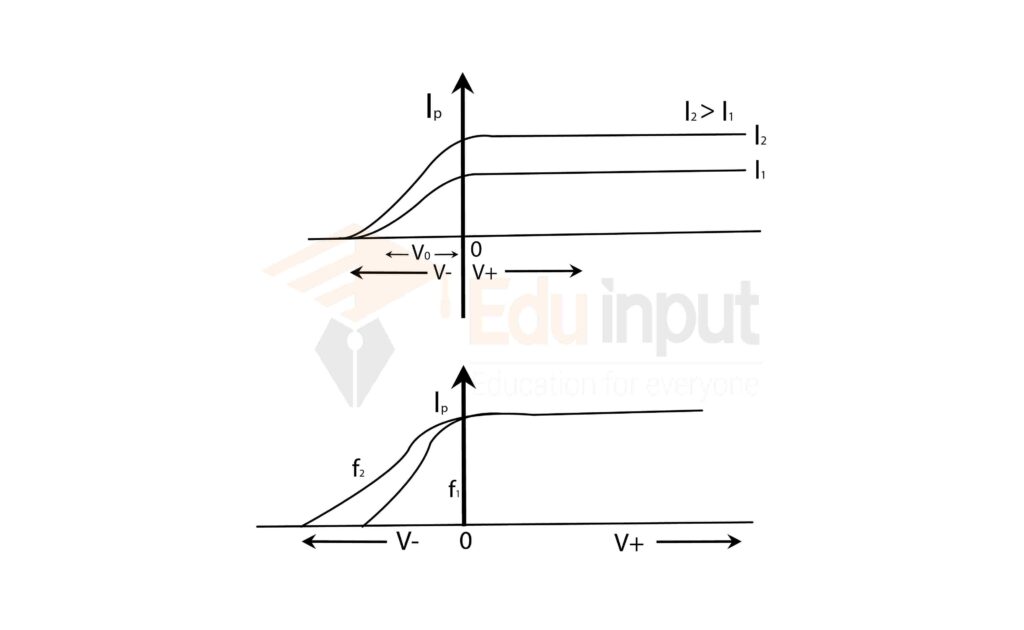
Graphical representation between frequency and maximum kinetic energy
A graph was plotted between the maximum kinetic energy of the photoelectrons and the frequency of the incident light, a straight line is obtained which cuts the frequency at fo. This frequency is called the threshold frequency and is the basic need of the incident light in order to eject electrons out of the metal surface.
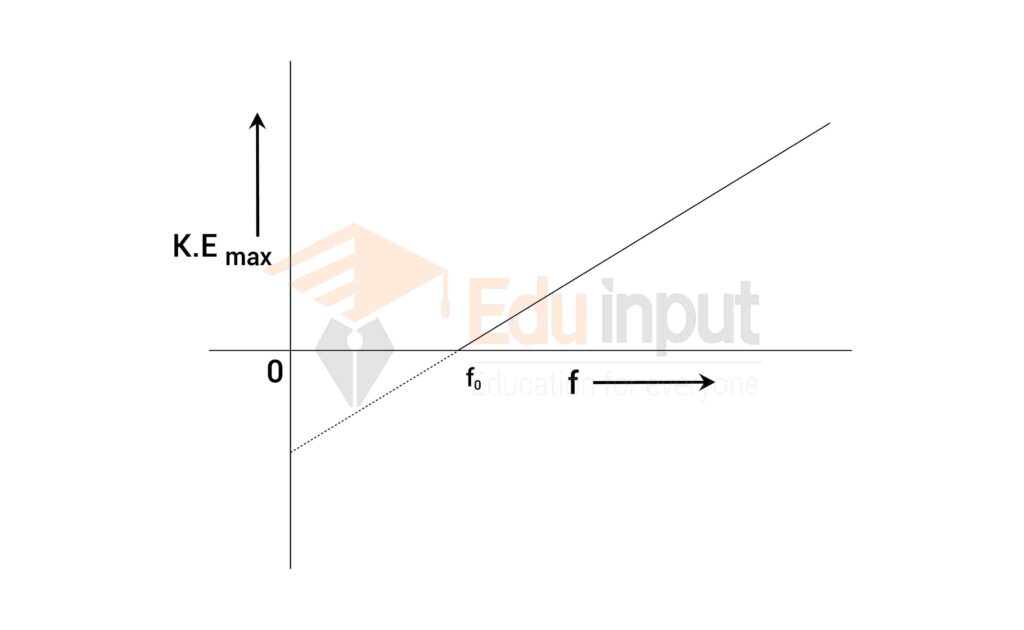
Results of Photoelectric Effect Experiment
- The emitted electrons have different energies. The maximum energy of photoelectrons depends on the frequency of incident light and the nature of the metal surface.
- There is a minimum frequency below which no electrons are emitted. This frequency is called threshold frequency denoted by fo. Threshold frequency varies from metal to metal. If the frequency of incident light is less than the threshold frequency, no photoelectrons are emitted, even the intense light may be.
- Electrons are emitted instantaneously; the intensity of light only determines their number.
The results could not be explained on the basis of the electromagnetic wave theory of light.
According to this theory increasing the intensity of light stands for the increase in the K.E of emitted electrons. This view contradicts the experimental results. The classical theory fails to explain the threshold frequency of light.

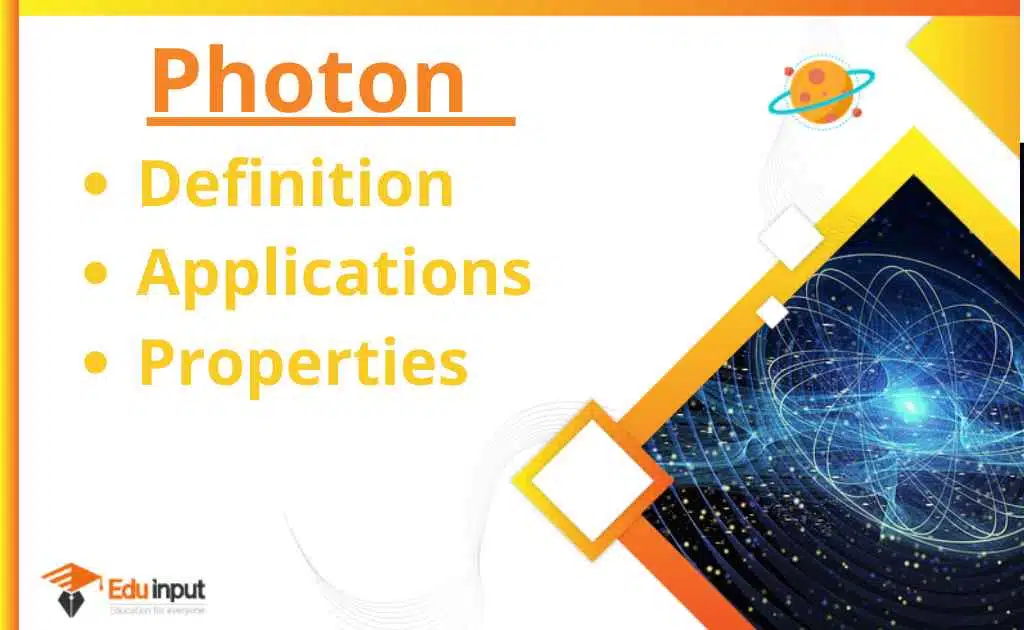
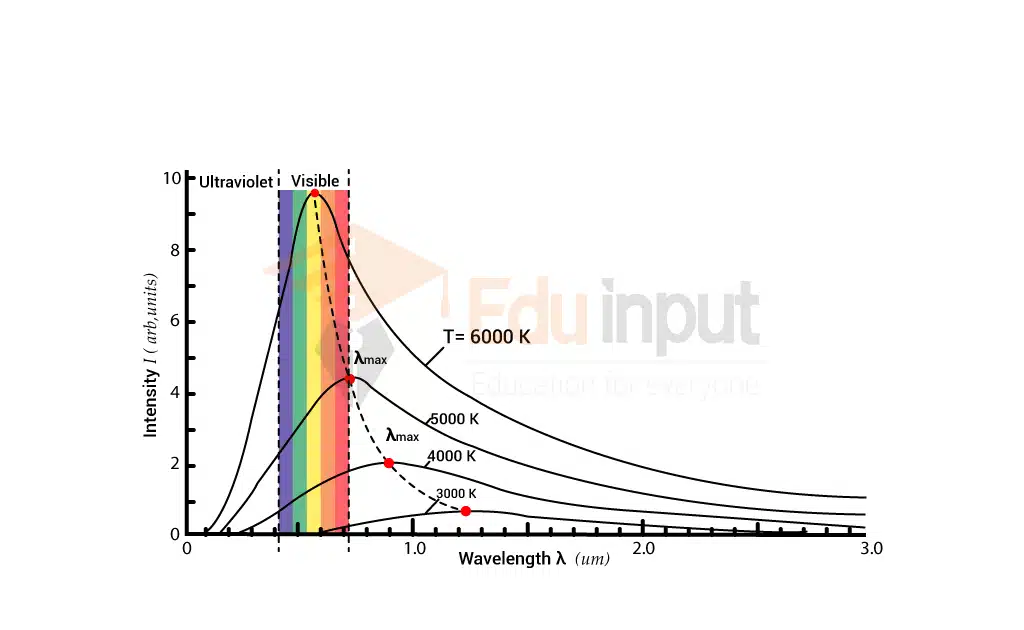

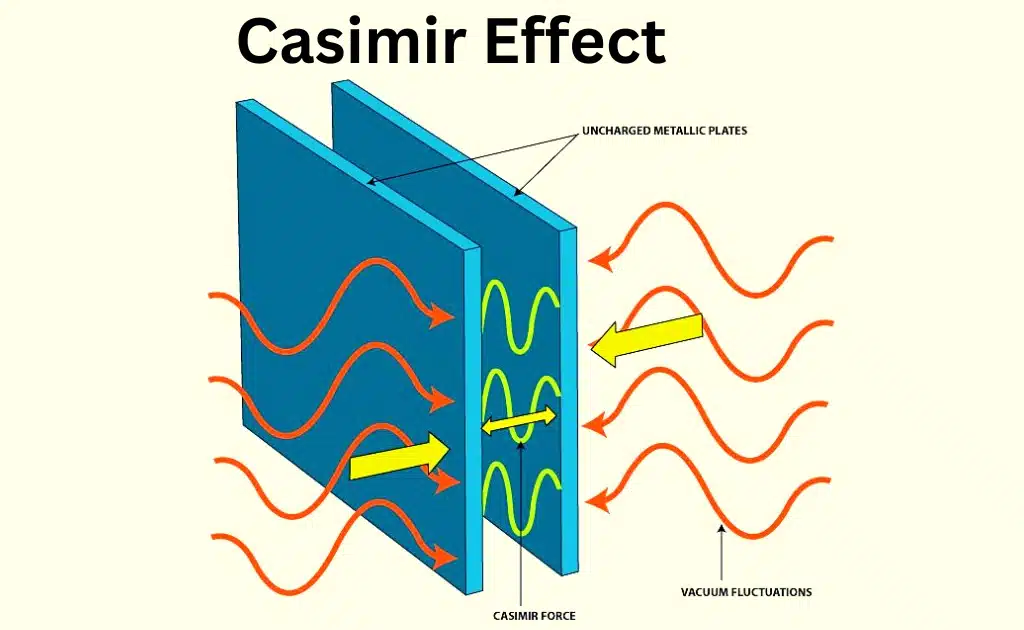


Leave a Reply